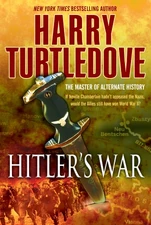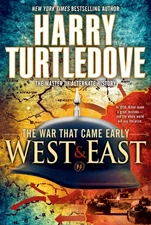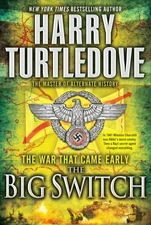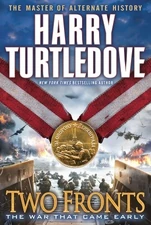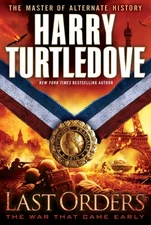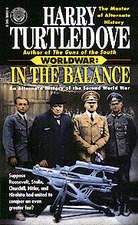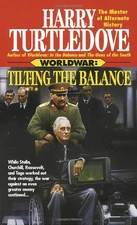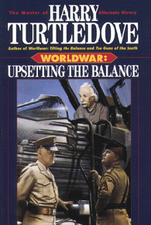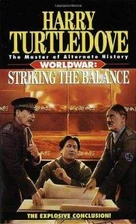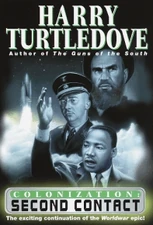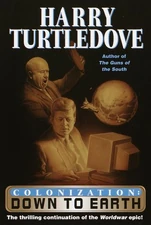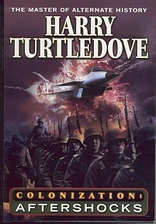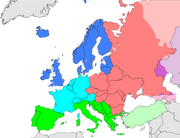
The United Nations definition of Eastern Europe is in red. Its precision is open to debate.
Eastern Europe, as its name implies, refers to the eastern part of the continent of Europe. However, the definition is highly transitive at this time. In the early 20th century, "eastern Europe" tended to refer to the parts of Europe with strongly Byzantine characteristics and the presence of the Eastern Orthodox Church, whereas Western and Central Europe had Western Roman attributes and Catholic and Protestant religions. During the Cold War, the name referred to the "Eastern Bloc" of states allied with the Soviet Union. Subsequent to the collapse of the Soviet union, the older distinction between Roman and Orthodox cultures has gained favor once more.
The Ural Mountains, Ural River, and the Caucasus Mountains are the geographical land border of the eastern edge of Europe. In the west, however, the cultural and religious boundaries of "Eastern Europe" are subject to considerable overlap and, most importantly, have undergone historical fluctuations, which make a precise definition of the western boundaries of Eastern Europe and the geographical midpoint of Europe somewhat difficult. In one particular example, Poland is hard to define, as its population is traditionally Catholic like the West but it was part of the Eastern Bloc.
According to one reference source, there are "almost as many definitions of Eastern Europe as there are scholars of the region."
Eastern Europe in The Case of the Toxic Spell Dump[]
Eastern Europe produced several distinctive magical beings and techniques. Among them were Romanian giants, which dwarfed even the ten-foot Poles.[1]
Eastern Europe in In the Presence of Mine Enemies[]
Eastern Europe was annexed and heavily colonized by Germans following the Reich's victory in World War II.
The native populations of Slavs were decimated and enslaved in the process. Despite Nazi racial theories under which all Slavs were to be considered "subhuman", in practice a considerable better treatment was given to specific Slavs who were considered Germany's allies such as Bulgarians, Croats and Slovaks.
Czechs, though oppressed, were not subjected to genocidal policies and were able to benefit considerably from the reforms of Führer Heinz Buckliger.
By far the worst treated were those Slavs who had strongly opposed Nazi conquest - e.g., Poles, Serbs and Russians.
Eastern Europe in "Les Mortes d'Arthur"[]
The countries of the former Warsaw Pact formed into a new country called Eastern Europe after the former Soviet Union fractured in rebellion. Although Marxism was overthrown, Eastern Europe remained hostile to United Europe to the west, having fought several border skirmishes. It was wealthy enough to send a large team to Mimas, a moon of Saturn, for the Sixty-sixth Winter Games, but not so wealthy as to have them sent earlier to train in the low-g environment. The athletes' space suits were painted in the national colors of blue, red and green.
Eastern Europe in Southern Victory[]
At the turn of the century, Eastern Europe was divided among several parties until the Great War, after which the German Empire founded several puppet states, including the Kingdom of Poland, the Ukraine (which quickly became a resource pool for German labor), and the Baltic states. Germany maintained firm control over these puppets.
Poland, much like Russia, enacted pogroms during the Depression. During the Second Great War, Eastern Europe was nearly overrun by Russia, until the Germans turned the tide with their superior weaponry. The Ukraine was an uproar of confused fighting into 1944, with Germany and Russia backing their own factions. The war ended with the status quo ante bellum in Eastern Europe after Germany destroyed Petrograd with a superbomb.
Russia tottered back into civil strife, as resurgent Socialists, who had launched a failed Revolution in the 1920s, came out of the woodwork in places such as Moscow and Minsk.
Eastern Europe in The War That Came Early[]
Eastern Europe's role in the the second European war shifted rapidly throughout the first year. In 1938, Czechoslovakia was essentially the trigger, as Germany invaded and subdued the country, occupying the Sudetenland and creating the Republic of Slovakia. The Soviet Union provided military assistance to Czechoslovakia, but was thwarted from directly intervening by Poland and Romania, both of which lay between the USSR and its ally, and against both of which the USSR had made territorial claims. Moreover, both countries, along with Hungary, were able to take territory from Czechoslovakia for themselves.
With Czechoslovakia subdued, Germany turned west. In the Spring of 1939, Soviet claims against Poland reached a pitch, causing an outbreak of war between the two. Poland forged an alliance with Germany, and German troops and Soviet troops directly engaged each other throughout 1939. Although the German-Polish forces were able to hold back the Soviets, by December 1939, the USSR had achieved a breakthrough.
Eastern Europe in Worldwar[]
When the Race invaded Earth in 1942, Eastern Europe was a central point of conflict, with the region split between Germany and the Soviet Union, and Germany holding rather more physical and political control over the region. The region was a brutal theater of war with the addition of the Race, as all sides did their best to play others off of one another.
With the Peace of Cairo in 1944, the borders of the region were reset to 1942, with the exception of Poland, which agreed to Race administration. Other independent countries such as Romania, Hungary, Slovakia, and others, were politically loyal to Germany.
In the aftermath of the Race-German War of 1965, Germany's allies were left to their own devices after their patron was crushed.
References[]
- ↑ The Case of the Toxic Spell Dump, p. 90.
| ||||||||||||||
| ||||||||||||||||
| ||||||||||||||
| |||||||||||||||||||||||||
| ||||||||||||||||||||||
| |||||||||||||||||||||||||












